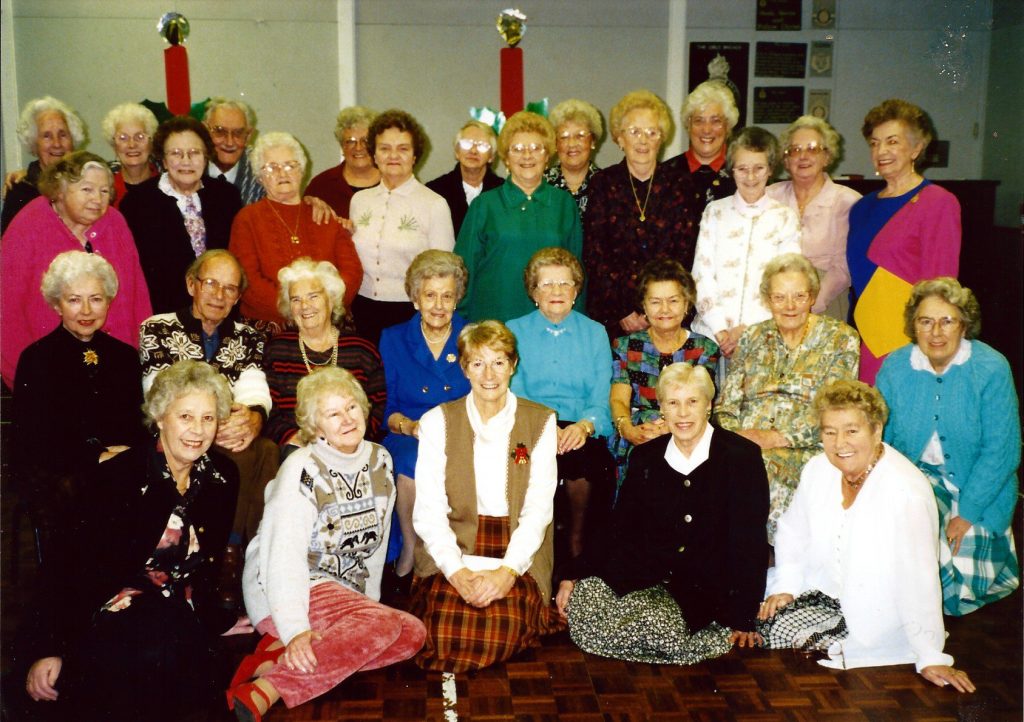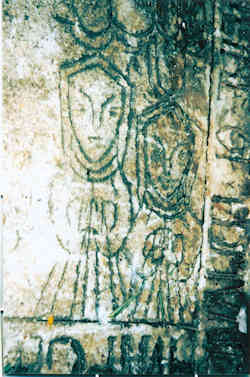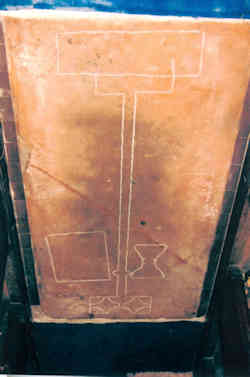Newsletter Autumn 2013
NUTHALL LOSES ITS FRIENDSHIP CLUB
Nuthall Friendship Club, which was devised to give older residents a chance to meet and chat about matters of interest, has sadly closed after 31 years. It was formed under the umbrella of Nuthall Community Care and developed steadily into a very successful enterprise, with a programme of outings and weekly meetings.
Nuthall History Society is currently in possession of the club’s scrapbook and a large photograph album, and it is clear that since its formation in June, 1982, the club has played an important role. Within a few short months, it attracted over 40 members. By the time of its tenth anniversary, which was marked with a visit to Shirland Golf Club, 68 members enjoyed dancing, musical entertainment and a buffet tea.
The first officials included Vera Sheard (president), Joyce Pepperdine and Anne Elkington (joint leaders), Gladys Topps (secretary) and Jessie Greaves (treasurer). Some of the club’s reports for the church magazine, along with a variety of newspaper cuttings, are preserved in the scrapbook.
Meetings were originally held at the former Temple School, wooden huts which were eventually removed to make way for a new Temple Centre in 1995.
Photographs in the album date from 1983 and include Easter Fairs and Christmas parties as well as outings to Shardlow, Lea Gardens, Belvoir Castle, Derbyshire well dressings, Buxton, Evesham and Nottingham Theatre Royal among others.
A report in 1985 contained this statement: “Visit the Nuthall Friendship Club and we will show you a few saints. The club is working hard, making life better and brighter for all its members.”
The picture we print here was one of two taken at a Christmas party in 1997.

The attendance was so large that not everyone could fit into one photograph!
The club has now closed in view of dwindling numbers and a shortage of leaders, but it is hoped some members will join the branch at Kimberley. As we write, a Luncheon Club which preceded meetings of Nuthall Friendship Club is continuing.
THE BOUN STONE
Since the recent refurbishing and changes at St Patrick’s Church, the only remaining alabaster grave slab has been exposed to view. Previously it had lain beneath the lectern with only a carpet to protect it from inevitable wear and tear.
The Boun stone is made of good quality alabaster, most probably quarried from a nearby midland source. Although the stone has had a large crack across it for many years it is now protected to a much greater degree. The new surrounds or casing shows the whole stone off far more clearly and will preserve it, although the condensation forming on the new Perspex cover is a cause for concern. Such damp conditions are not good for the alabaster. Otherwise, the renovation is a great improvement, which future generations will appreciate.
In 1819 the grave slab was, with several others, in an even more vulnerable position by the South door. (Stretton) The other alabaster slabs mentioned by Stretton have been lost. The whole congregation would have walked over the stones when entering and leaving the church – and 200 years ago the number of people attending services was far greater than now.
Edward Boun asked to be “buried in the chancel in the place between his stall and the sepulchre of John Ayscough Esq.” (Torre), so the stone has been moved at least
3 times. (Sadly Sir John’s sepulchre is another lost monument.)

The inscription reads “Here lie Edwardi Boun, Gentn. And Isobella his Wife, Daughter of Edmundi Hunt, Gent, which Edwardi died the 12 of December in the year 1558, and the saide Isabella the 13 July in the year 1562; on whose souls God have mercy. Amen”.
There are 4 small figures of children carved at the feet of the parents with the letters A and F visible above 2 of them. I venture a guess that 2 of the children were named Ann and Frances. There are no Parish Burial Records for this early time, to verify their names and know the circumstances of their death.
The end of the stone where the children are is less worn and easier to see. The stylised figures are female. They are dressed alike and their hands joined in prayer.
The Boun family were tenants of the Ayscough family and would have been living in the nearby manor house to the south of the church. It is fairly safe to assume that their stay in Nuthall was for a considerable length of time – long enough to see the death and burial of 4 of their children.
They surely lived in troubled times. The parents would have lived during the reign of Henry VIII and at least some of the children must have grown up during 7 uncertain years of the boy king Edward VI’s reign followed by 3 years of Queen Mary 1’s reign. Edward Boun, the father, died in the first year of Elizabeth’s reign. Let us hope that the family enjoyed some of the time spent in Nuthall and when next you are in the church spare a moment to stand by the memorial to admire it and think of the children who died over 550 years ago.

Post Script: The oldest grave stone in the church, the priest slab, lies unprotected in the north aisle. The passage of time and feet will surely erode the carving on it, unless some way of protecting it can be found. People might think that it is a poor quality piece of work with its roughly drawn cross and not worth saving, but it is probably the oldest item in the church as well as being a memorial to the long ago priest of St Patrick’s Church so it is very special.
